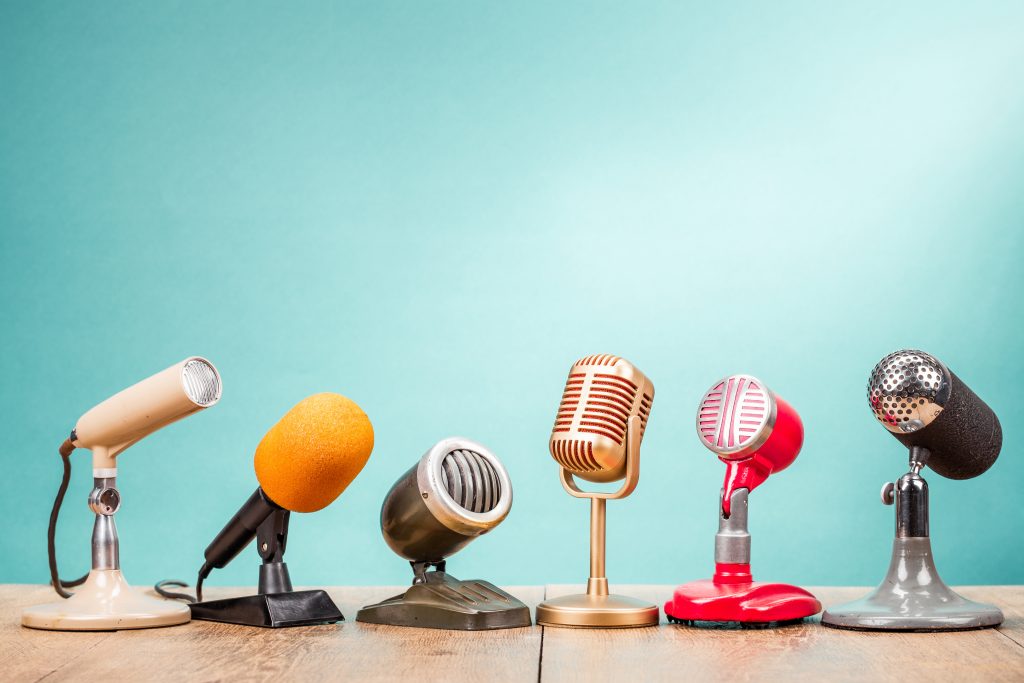Melinda Knuth, an assistant professor at North Carolina State University, is emerging as one of the rising stars in horticultural research, particularly in the niche field of understanding human behavior towards plants. Her interdisciplinary approach, coupled with innovative biometric research powered by iMotions, has driven new discoveries in horticulture while fostering collaboration, student development and industry partnerships on campus. In this Q&A, Melinda shares insights into her journey, her research endeavors, and the dynamics of her cognitive behavioral lab at North Carolina State University.
Can you explain your niche field of research and how you got there?
My journey into horticultural research stems from my upbringing in South Dakota and my agricultural background. During my PhD, I became intrigued by understanding why people buy plants and how we can enhance their satisfaction with their purchases. This curiosity led me to explore human behavior, economics, neurology, and marketing, eventually leading me to the field of understanding how people interact with plants.
Tell us about why you wanted to build a human research lab at NC State and how you use it to study horticulture.
I wanted to build this lab to understand the underlying behavior behind the human-plant relationship, whether it be cognitive, financial, social, or environmental. I use the lab a few different ways. I use it to look at retail signage and plant labels to identify cognitive mechanisms for reducing stress with plants, evaluating parts of plants the consumer likes the best, mapping cognitive communication, and online versus in-store purchase intent.
Are you more interested in how people approach plant purchases or how they relate to plants in their environment?
It’s a two-pronged approach. I have four graduate students in my lab, and they’re kind of split evenly between two research areas. One aspect involves exploring the human-social component including the Biophilia hypothesis, which suggests humans have an innate desire to be around plants. The other aspect focuses on the human-environment component, specifically in sustainability behaviors that industry members use in the horticulture industry.
How do you study these areas of research?
We utilize biometric research techniques to delve into the neurological, temperate, and social aspects of human-plant interactions. Through experiments and data analysis, we aim to unravel the underlying reasons behind people’s responses to plants and their purchasing behavior.
Where do you see your research heading in the next decade or two?
My ultimate goal is to contribute to the understanding of why plants positively impact humans and how we can integrate this knowledge into practical applications, such as therapeutic gardens, green spaces, and the functionality of plants in various settings. Additionally, I aspire to follow in the footsteps of mentors who have pioneered research in horticultural behavioral science, leaving a lasting impact on the industry.
Your career progression from PhD to assistant professor with your own lab has been remarkable. What’s your secret?
Part of it is being prolific in research and leveraging interdisciplinary collaborations. My ability to communicate the potential impact of my research, coupled with establishing a dynamic lab environment, has also played a significant role in my career advancement.
How do you interact with students in your lab, and what classes do you teach?
As a teacher and researcher, I engage with students across various levels, from freshman to graduate. I foster a collaborative environment in my lab, where students gain valuable research skills and contribute to publications. Additionally, I teach courses spanning horticultural science, and mentor students through independent research projects.
What draws students to your lab and your research?
Students are drawn to my lab for several reasons, including the intriguing nature of the research, the opportunity to work with innovative technology, and the positive lab environment focused on personal and professional growth. Having a fun place to do deep thinking is appealing to students.
What opportunities have biometric research created for students on campus?
Students gain a variety of skill sets from getting experience coding, working with Qualtrics, recruiting subjects, post-processing data, and hands-on unique technology experience. They also learn to think critically about plants not just from a production standpoint, but also from a business and sales perspective. This helps them to view the same topic from different perspectives and broaden the scope of their perceptions.
What kinds of partnerships has this research been able to cultivate?
I work with a commercial greenhouse, Metrolina Greenhouses and other horticulture businesses. They’ve plugged me into their network and we collaborate on new marketing research ideas of mine and theirs. Industry partnerships are critical to my success. Thank you, Metrolina!
What do you think the future of human behavior research looks like?
This is a hard question to answer. We are just starting to dip our toes into understanding human behavior. It will look broad and compelling, to say the least. I look forward to seeing what my lab and other labs/researchers, such as Marco Palma’s Human Behavior Research Lab at Texas A&M, discover in the years to come.
Interested in learning more about how a lab can benefit students and the campus? Don’t hesitate contacting us for a chat where you can learn more about what we can offer.






